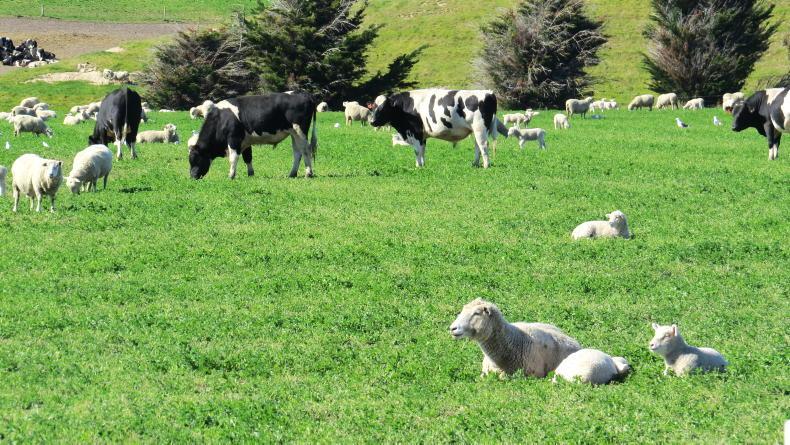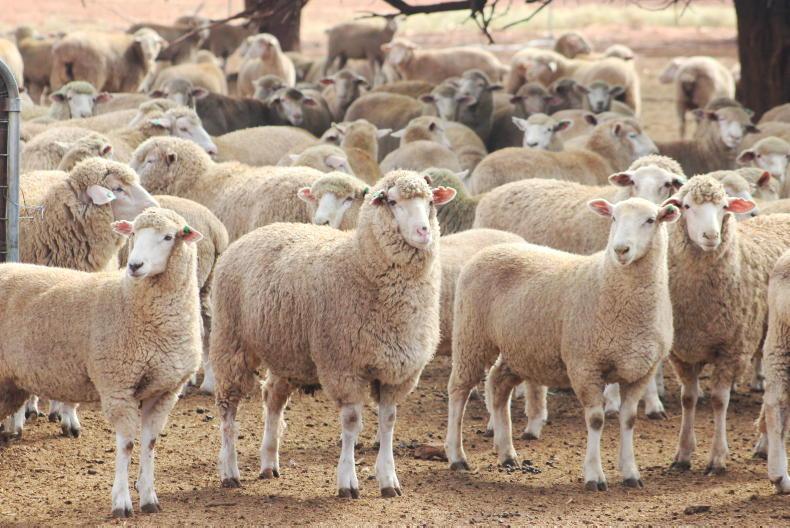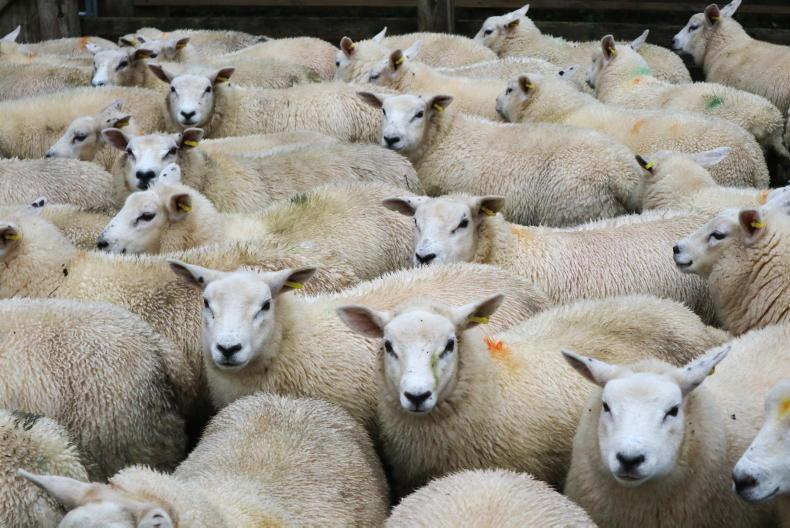The New Zealand New Season Outlook 2023-24, developed by Beef and Lamb New Zealand, paints a worrying picture for sheep and beef farmers. Demand for produce is expected to recover slightly from the last season, but prices are also forecast to remain weak compared to two years ago.
The report highlights that an uncertain pace in China’s economic recovery, relatively weak performance in other key markets and competitively priced exports from Australia is likely to curtail any significant upturn in market performance.
According to the latest Bord Bia sheep price dashboard, New Zealand lamb prices currently stand at the equivalent of €3.91/kg. This compares to €5.31/kg for the corresponding week in 2022 and €5.86 in 2021.
El Niño return
Farmgate prices are forecast to lift marginally by 4%, but increased farm expenditure, driven by inflation and high interest rates, is forecast to reduce farm profit by 31% and significantly impair cashflow.
Strengthening forecasts concerning the return of the El Niño weather phenomenon are also casting a shadow over farm performance and bringing the potential for dry conditions in the east of the country which, in turn, could affect lamb drafting and increase costs depending on severity.
The greater concern raised is what effect the El Niño weather phenomenon could have on Australian sheep and beef production.
If the weather phenomenon is severe, then it could lead to Australia downsizing its national flock and herd and increasing global meat supply.
Australian production is already set to reach record levels in 2023 with its lamb kill predicted to surpass 22m head. The breeding ewe flock of 46.14m head is at the highest level since 2007.
China’s economic conditions
While the New Zealand economy remains fragile, there is a slight positive in the report pointing to inflation peaking in many of New Zealand’s wealthier trading partners.
As touched on already economic uncertainty in China remains a concern; “a property sector narrowly avoiding collapse, and high youth unemployment continues to weigh on prospects, but demand for imported meat will continue to be supported by millions of citizens’ incomes growing in the medium and long term”.
There is also hope that high meat inventories in 2022-23 will be cleared in 2024.
China possesses the world’s largest sheep flock, which sustains 90% of China’s total sheepmeat consumption.
The Chinese government has ambitious targets of achieving self-sufficiency, but the outlook points out that this is unlikely, due to scarcity of water and land. As a result, long-term demand for sheepmeat is expected to remain strong.
Steady US demand
US sheepmeat imports are running approximately 20% lower in 2023, but prospects for the market in 2024 are viewed in a positive manner.
Domestic beef prices are at record levels due to lower supplies (drought related) and forecasts suggest prices could go even higher. This could indirectly benefit demand for lamb with industry forced to look elsewhere for beef supplies and possibly transition to increased demand for lamb.
One possible risk highlighted by Beef and Lamb New Zealand is that US sheep farmers have been calling for tariffs on lamb imports from New Zealand to protect domestic markets, but this is being dismissed by the New Zealand government.
Lower UK exports
The reduction in New Zealand lamb imports in recent years to both the UK and Europe is well documented.
Beef and Lamb New Zealand report that exports to the UK are running 35% lower than the five-year average. Lower exports to its second largest market has, it says, been a major driver of the decrease in farmgate lamb prices.
A sharp fall in UK sheepmeat consumption of 16% from 2021 to 2022 and a further forecast drop of 8% in 2023 is said to be underpinning lower import demand.
The outlook report attributes “lamb being too expensive from retail and eating out compared to other proteins” as a contributing factor to falling consumption.
EU geopolitical tensions
With regards market prospects for the EU, the outlook says that economic uncertainty and geopolitical tensions have weighed on demand in the 2022-23 season. This has been to a much lesser extent, however, than in China and the UK with exports of New Zealand Lamb to the EU running 15% higher.
Steady trade has been attributed to “a reinvigoration of the tourism sector driving more demand in the restaurant trade”.
Prospects for 2023 are reliant on “getting inflation back within the Central Bank’s range, tourism demand remaining robust and a less challenging environment to allow financial investment to grow”.
Beef and Lamb New Zealand expects that the EU-New Zealand free trade agreement is likely to come into force in 2024, but it is expecting this will “provide little new access for meat to the EU market”.
NZ farm level
The total number of lambs tailed in New Zealand in spring 2023 is estimated at 10.4m head, up 0.6% year-on-year. Better breeding conditions fed into higher average litter size (1.26 lambs) and compensated for reduced ewe numbers.
The ewe flock declined by 0.9% to 15.3m head, while the number of ewe hoggets mated lifted by 5.5%, but these make up less than 5% of the total lamb crop.
Total lamb export production is expected to increase 2.5% on 2022-23 levels to 337,600t (bone-in weight).
The number of adult sheep processed is also expected to increase by 1.6% to 3.3m head. This is being driven in part by reduced confidence with mutton prices plummeting and removing the incentive to draft ewes that existed in 2022-23.
Digesting the outlook and bringing it back to home, it is unlikely that there will be any major lift in sheepmeat imports from New Zealand into the EU and the UK in 2024. This is good news for trade dynamics in the EU and Irish sheepmeat exports.
Falling consumption in the UK remains a major worry closer to home.
There are hopes of China eating into high meat supplies in the market and should this materialise it could lift global demand for sheepmeat. This may be badly needed if the El Niño weather phenomenon leads to widespread drought in Australia and fuels a higher kill.










SHARING OPTIONS